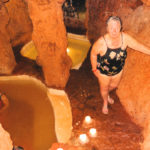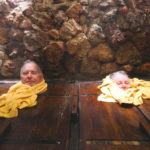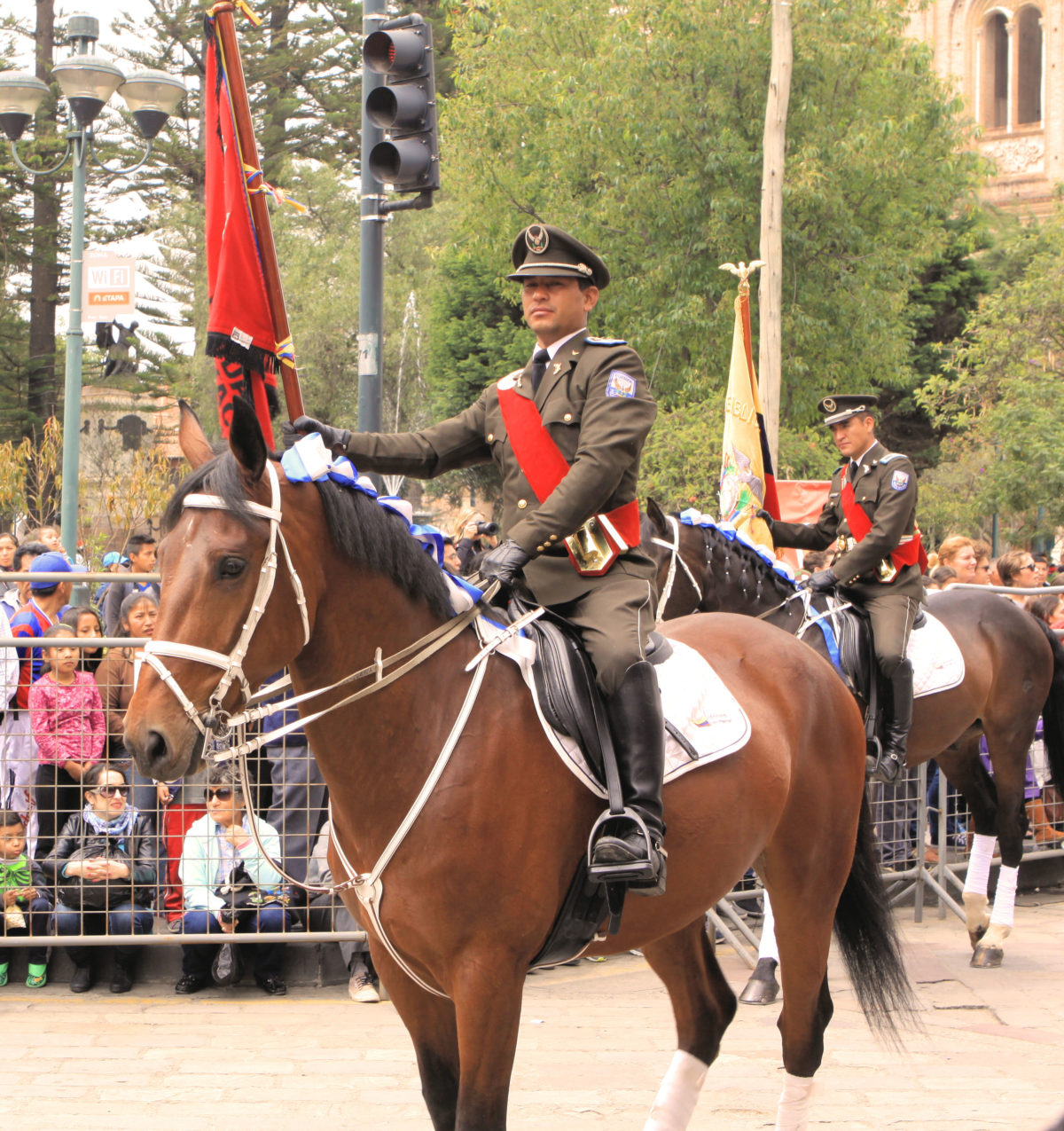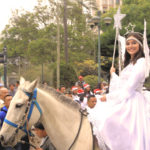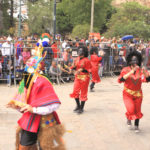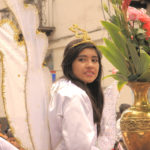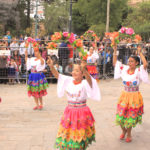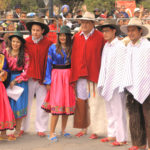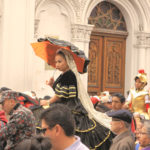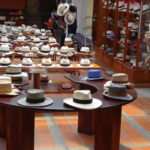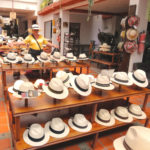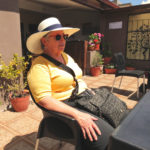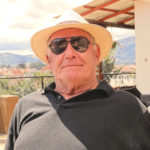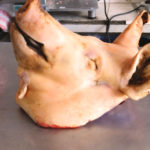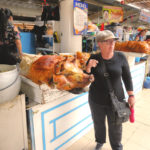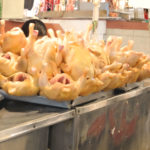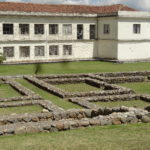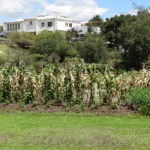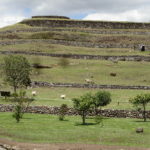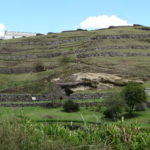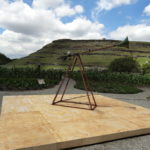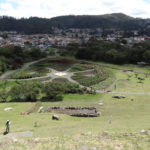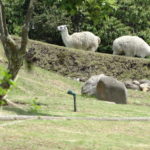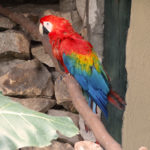 The Zoologico Amaru is one of the most interesting zoos we have ever visited. About 15 minutes out of town the zoo is literally carved from the side of a mountain consequently there is a lot of climbing, breaks for spectacular vistas, and surprises around every bend of the path. The animals are housed in natural habitats and can be observed in an environment that is most comfortable for them. The sign clearly states that the primary purpose of the zoo is to provide sanctuary and peace for the animals. Lewis and Clark University and the University of Philadelphia are active partners with the sanctuary and we met two young men who were employed by AMARU and who had visited the Houston Zoo and Moody Gardens. The very secretive Andean bear was one of the first animals we visited. The habitat was huge and included ponds, feeding stations and a bear cave. Though we were able to see the bears Troy could not get a good photo. The bears and all the other animals in the zoo are rescue animals and could not be returned to the wild.
The Zoologico Amaru is one of the most interesting zoos we have ever visited. About 15 minutes out of town the zoo is literally carved from the side of a mountain consequently there is a lot of climbing, breaks for spectacular vistas, and surprises around every bend of the path. The animals are housed in natural habitats and can be observed in an environment that is most comfortable for them. The sign clearly states that the primary purpose of the zoo is to provide sanctuary and peace for the animals. Lewis and Clark University and the University of Philadelphia are active partners with the sanctuary and we met two young men who were employed by AMARU and who had visited the Houston Zoo and Moody Gardens. The very secretive Andean bear was one of the first animals we visited. The habitat was huge and included ponds, feeding stations and a bear cave. Though we were able to see the bears Troy could not get a good photo. The bears and all the other animals in the zoo are rescue animals and could not be returned to the wild.
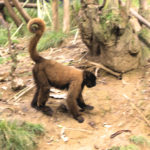 What is a zoo without monkeys? These little fellows seem to have the run of the entire space. Tunnels made of chicken wire are all around the park at the top of the trees and at first glance they seem to be moving about without being hindered. They drop onto islands scattered about the area, disappear into underground tunnels, pop back up and continue the monkey life. They are not bored because they are stimulated constantly as they would be in the wild.
What is a zoo without monkeys? These little fellows seem to have the run of the entire space. Tunnels made of chicken wire are all around the park at the top of the trees and at first glance they seem to be moving about without being hindered. They drop onto islands scattered about the area, disappear into underground tunnels, pop back up and continue the monkey life. They are not bored because they are stimulated constantly as they would be in the wild.
 The birds were very representative of Ecuador. Beautiful macaws, green parrots, and the big beaked tucan are free to fly about the large aviary. There was also an area for owls, several condors, eagles of different kinds and ducks, geese and the Pavo Reales or as we know it a peacock. We even saw the blue footed boobie.
The birds were very representative of Ecuador. Beautiful macaws, green parrots, and the big beaked tucan are free to fly about the large aviary. There was also an area for owls, several condors, eagles of different kinds and ducks, geese and the Pavo Reales or as we know it a peacock. We even saw the blue footed boobie.
 These beautiful tigres knew it was time to be fed and they set up a growl as two young men approached their habitat with food. There were some African animals. A nice pride of lions dominated another area of the zoo. The path we followed was over 5 kilometers. There was no attempt to make the walk easy, however for safety there was a hand rail. We moved up and down and in and out of areas and it was not an easy walk. We were among the last of the guests to leave and the young man checking our tickets said his boss called and asked if Troy would send him the pictures he took. We feel honored he asked. Not a traditional zoo, but better and no better place to spend my birthday.
These beautiful tigres knew it was time to be fed and they set up a growl as two young men approached their habitat with food. There were some African animals. A nice pride of lions dominated another area of the zoo. The path we followed was over 5 kilometers. There was no attempt to make the walk easy, however for safety there was a hand rail. We moved up and down and in and out of areas and it was not an easy walk. We were among the last of the guests to leave and the young man checking our tickets said his boss called and asked if Troy would send him the pictures he took. We feel honored he asked. Not a traditional zoo, but better and no better place to spend my birthday.
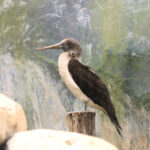


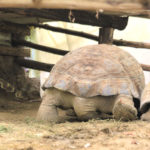
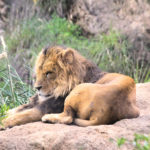
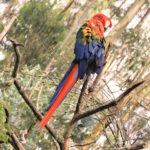

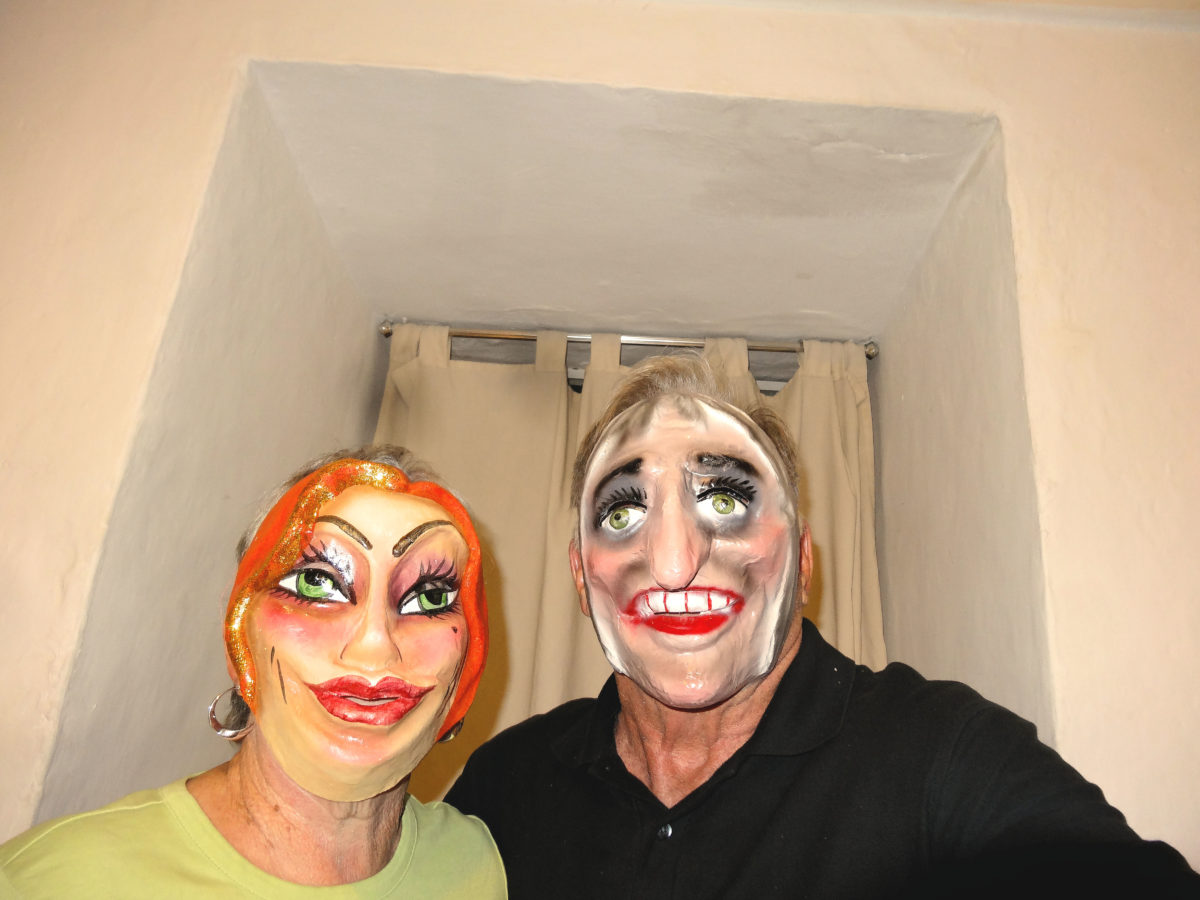



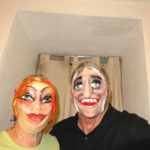
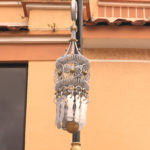 Today Troy and I took a bus trip to two small towns outside of Cuenca. The bus station was relatively easy to manipulate. Put in a dime enter the turnstile and find a bus that has the name of the town on your agenda. The bus was clean and comfortable and no animals were permitted so the stereotype of traveling with chickens did not exist. However, while sitting on the bus waiting to leave a young woman gets on delivers a sales pitch about who knows what passes out lovely pieces of candy and then proceeds to continue her pitch. She then moves up the aisle collecting money. If you did not pay, she takes the candy back. There were a few crying children. She exits and another gentleman proceeds to give out Milagros, then he gives a chain to put the milagro on, same routine he tries to collect money if you don’t donate away goes the milagro. No babies cried. Next the Herbal Life man makes a pitch. He hands out a pack of vitamins. No dinero; no vitamins. By this time we arrive in Gualaceo.
Today Troy and I took a bus trip to two small towns outside of Cuenca. The bus station was relatively easy to manipulate. Put in a dime enter the turnstile and find a bus that has the name of the town on your agenda. The bus was clean and comfortable and no animals were permitted so the stereotype of traveling with chickens did not exist. However, while sitting on the bus waiting to leave a young woman gets on delivers a sales pitch about who knows what passes out lovely pieces of candy and then proceeds to continue her pitch. She then moves up the aisle collecting money. If you did not pay, she takes the candy back. There were a few crying children. She exits and another gentleman proceeds to give out Milagros, then he gives a chain to put the milagro on, same routine he tries to collect money if you don’t donate away goes the milagro. No babies cried. Next the Herbal Life man makes a pitch. He hands out a pack of vitamins. No dinero; no vitamins. By this time we arrive in Gualaceo.
 Lunch was in a family restaurant. This young man is thirteen and anxious to help his family be successful. Lunch was fried fish and the beer was cold. Hernan directed us to the bus station and we headed for Chordeleg.
Lunch was in a family restaurant. This young man is thirteen and anxious to help his family be successful. Lunch was fried fish and the beer was cold. Hernan directed us to the bus station and we headed for Chordeleg.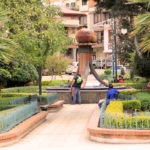
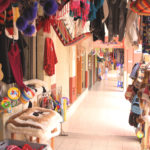

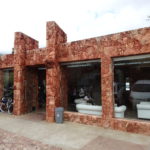 The little town of Banos which is about 10 miles South of Cuenca is known for its thermal waters and spas. Piedras de Aguas is one of the better ones and if you make inquiries you can do a spa circuit for $35 for two. The spa is a series of caves cut into the mountain and three beautiful pools and several restaurants. The first step in a shower and 15 minutes in a steam room followed by the mud baths.Next we entered the red mud bath which is full of iron and works as an exfolient. Covering as much of the body as possible, the red mud dyes the nails, hair and Troy left with a red beard. Sit in the sun until it dries and wash it off and shower and go for the green mud .
The little town of Banos which is about 10 miles South of Cuenca is known for its thermal waters and spas. Piedras de Aguas is one of the better ones and if you make inquiries you can do a spa circuit for $35 for two. The spa is a series of caves cut into the mountain and three beautiful pools and several restaurants. The first step in a shower and 15 minutes in a steam room followed by the mud baths.Next we entered the red mud bath which is full of iron and works as an exfolient. Covering as much of the body as possible, the red mud dyes the nails, hair and Troy left with a red beard. Sit in the sun until it dries and wash it off and shower and go for the green mud .
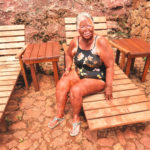
 old fashioned steam bath.
old fashioned steam bath.